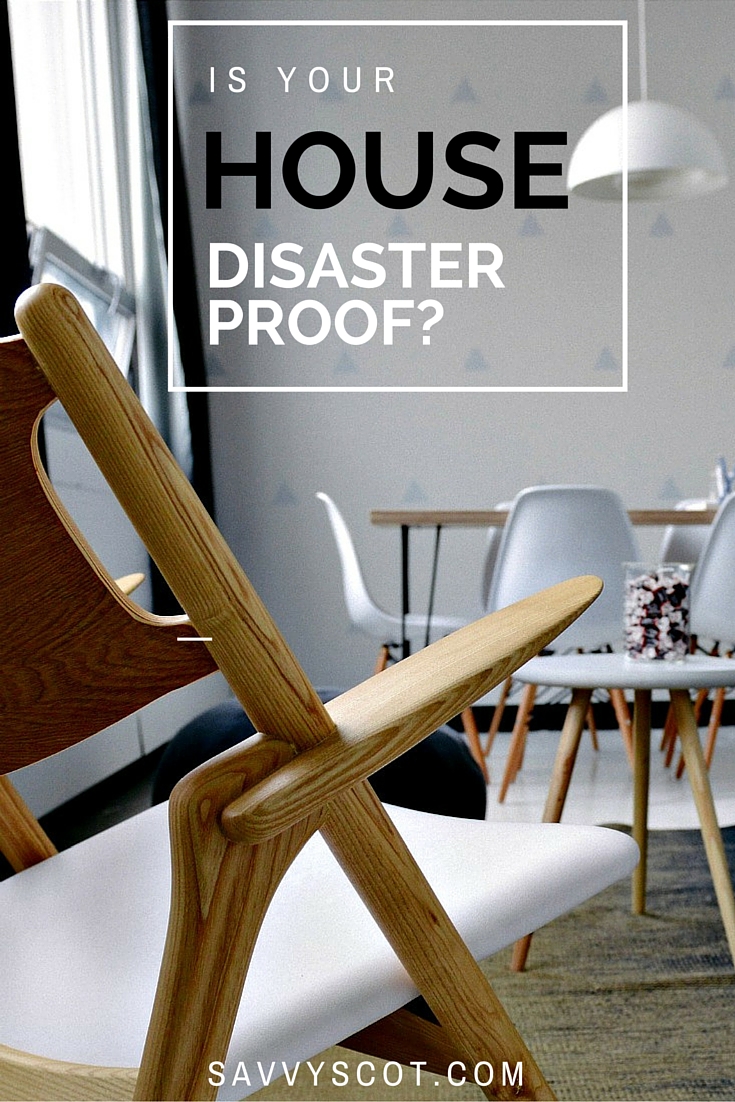There is a reason why the saying goes “home, sweet home”. It is one of our most personal belongings and the place that keeps us safe.
The mere fact that we sleep in our home totally vulnerable is enough proof that we think it to be the safest place imaginable.
Sometimes natural calamity can turn your protective home into the tomb for our corpse. After a certain threshold, no man-made structure can be called strong enough to withstand the wrath that is nature.
So without further ado, let’s take a quick look at the risk factor of our homes getting destroyed by a natural disaster and its possible preventions:
1. Preparation from hurricane
Follow these steps to ensure safety for you and your family:
- a) Have a safe room or battened down hatches in your house when the hurricane hits
- b) Get flood insurance.
- c) Three days supplies of food, water medicine and first-aid should be kept during hurricane season
- d) NOAA-enabled battery powered radio
- e) If there is a hurricane alert issued then bring all things light into your house
- f) Close your windows with broad plywood/ hurricane shutters
- g) Trim trees and scrubs
- h) Fill your cars gas to the full and put your refrigerator to the coldest settings
- i) Unplug all small appliances and sensitive electronics and turn off propane tanks
- j) When the storm hits, go to your safe room and wait for news
2. Preparation from wildfire
If you live in an area which is at risk of a wild fire it is wise to prepare all parts of the house when calamity strikes.
- a) Roofs are the most susceptible part during a wildfire. If it is made of wood, have a professional re-roof it with tiles or compositions.
- b) Install tempered glass panes on your windows.
- c) Most generally walls are made out of wood. These walls should be painted with fire-retardant chemicals. Or make walls with fiber cement
- d) Chimneys and other outlets should be covered with non-combustible screens.
- e) The rain gutters should always be clear from leaves and debris.
- f) Fences should be treated with ignition-resistant materials.
3. Preparation from flood
If you live near a massive water body or river and your house has a weak hold, your best bet is to run for higher ground. If you are in the city and heavy rain has caused flooding then follow these steps:
- a) Know your risks and plan for insurance
- b) Keep your drainage system, especially gutters clear
- c) Raise the electricity system and protect the HVAC system. Preferably build flood proof walls around them
- d) Install an automatic sump pump
- e) Move to higher ground
- f) Disconnect utilities
- g) Don’t cross moving water
4. Preparation from earthquake
Follow these four steps for optimal safety of you and your family
- a) Secure your space by identifying hazards and securing movable items
- b) Create a disaster plan deciding means of communication in times of emergency.
- c) Allocate necessary supplies in a convenient location.
- d) Get your home checked by a professional and consider insurance. It might cost initially but it’s better to be safe than sorry.
After the natural disasters have passed, your quality of life will be directly related to your readiness to tackle it. So always be prepared and inform others about these risks and how to tackle them. After the danger has passed unite as a society and restore daily life by reconstructing with others and rebuilding the community.

